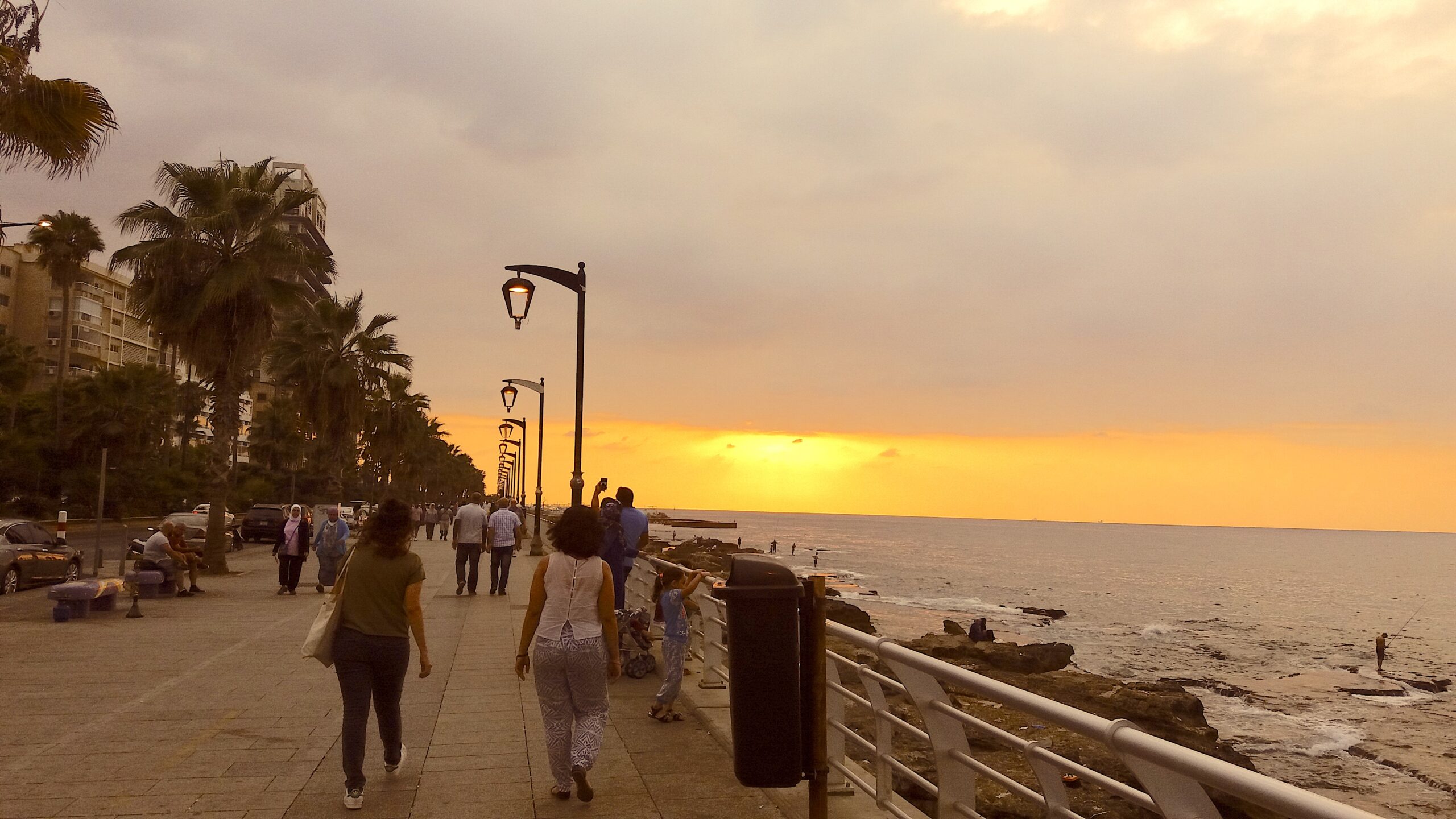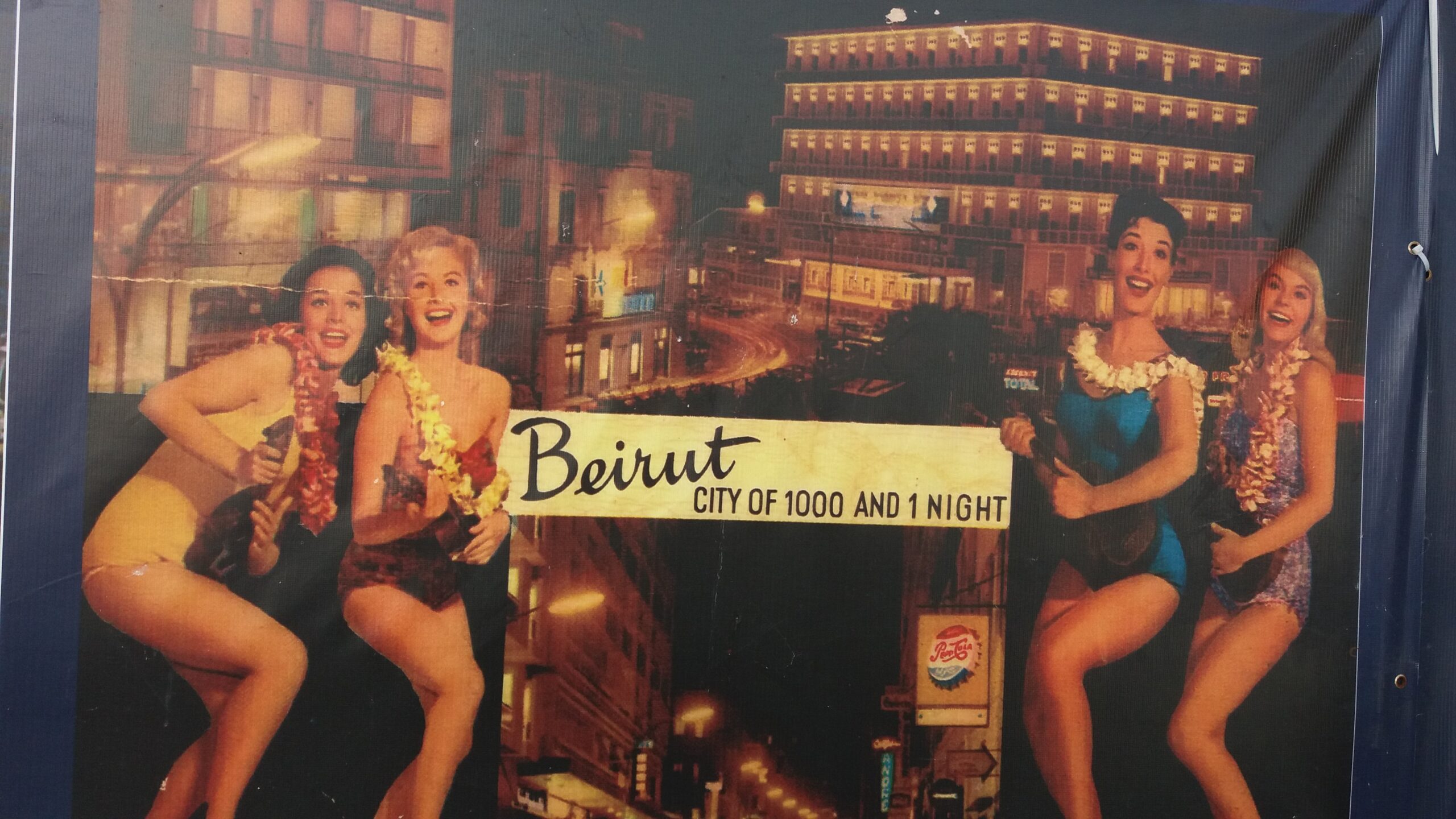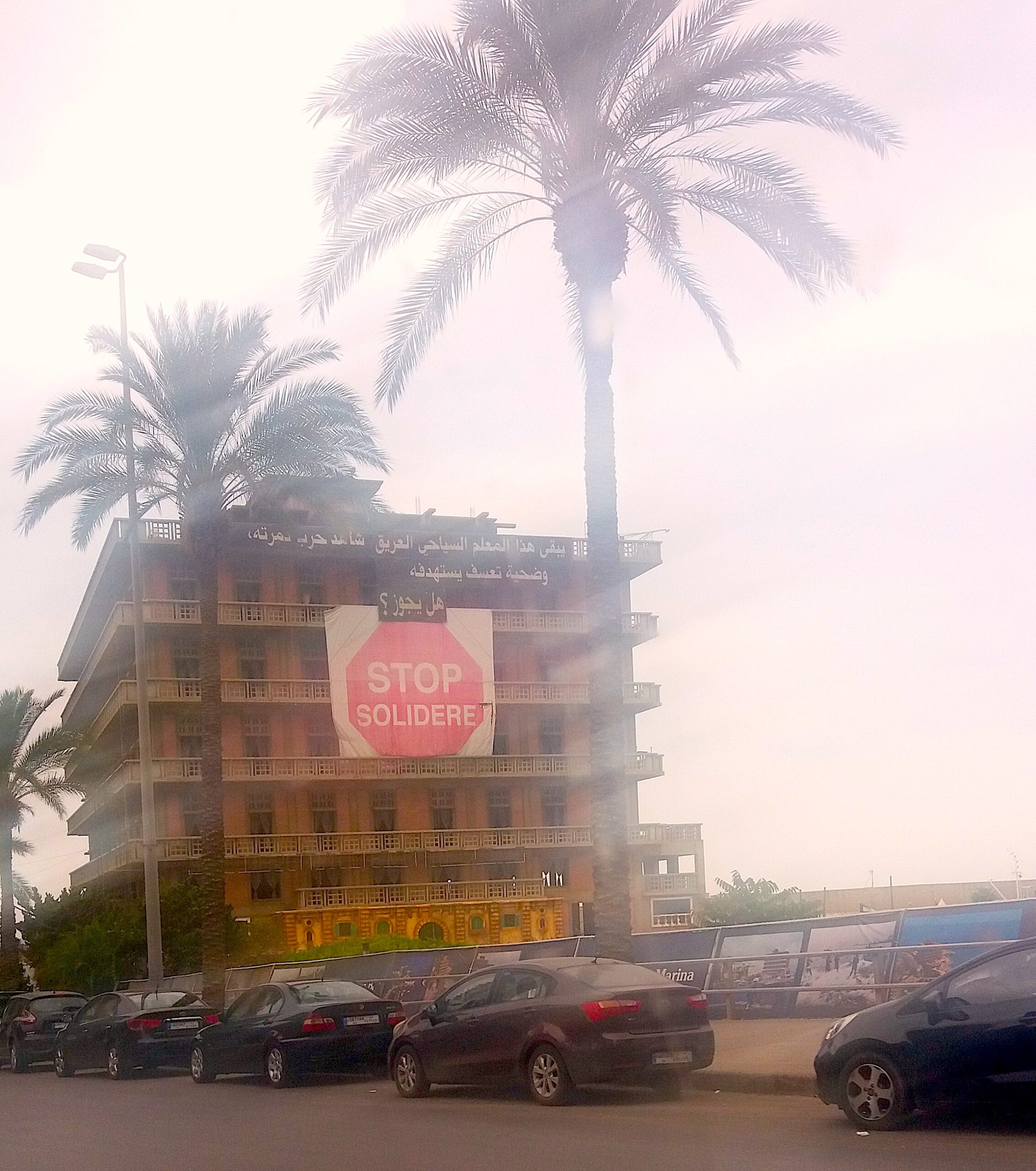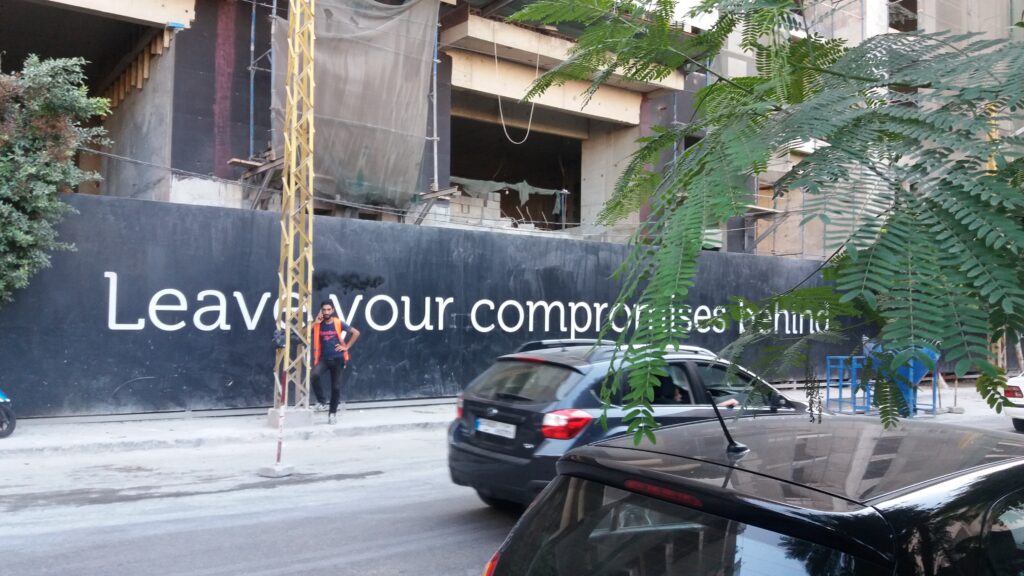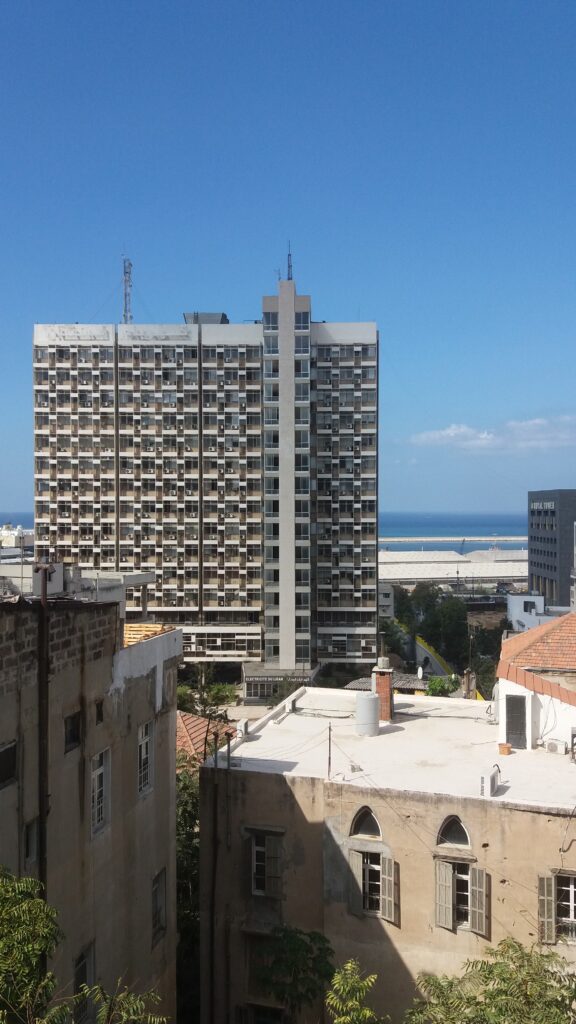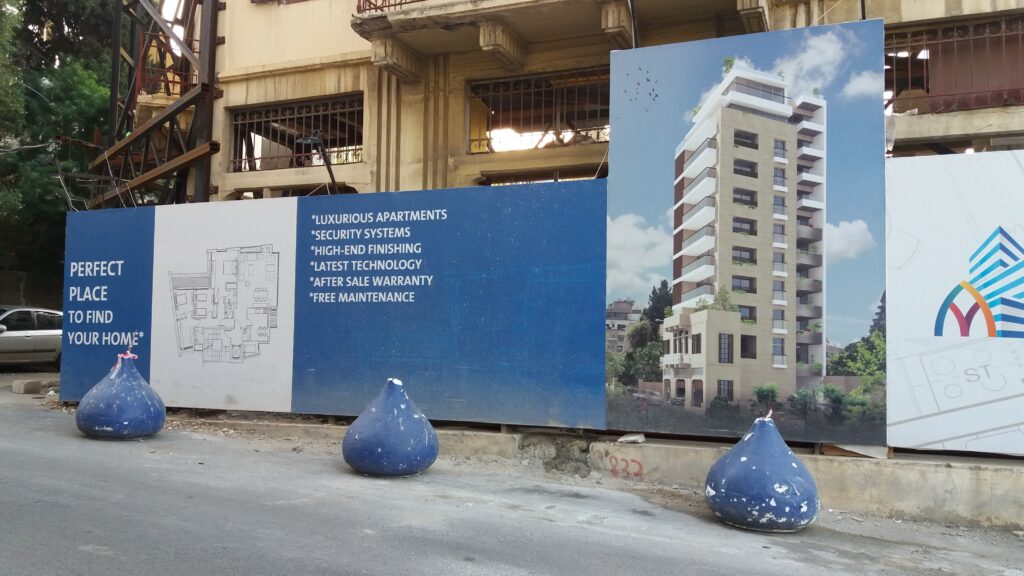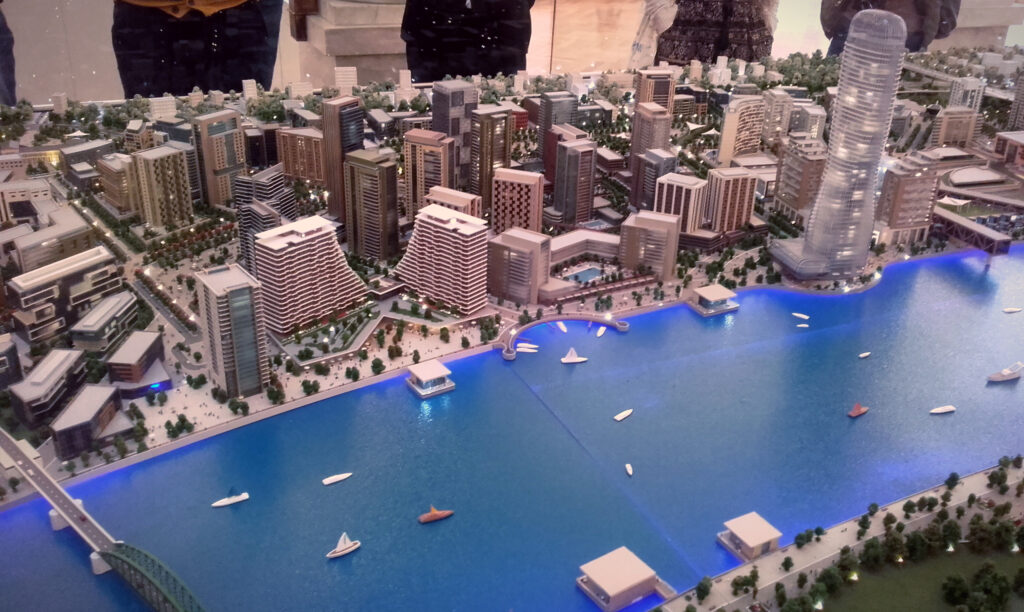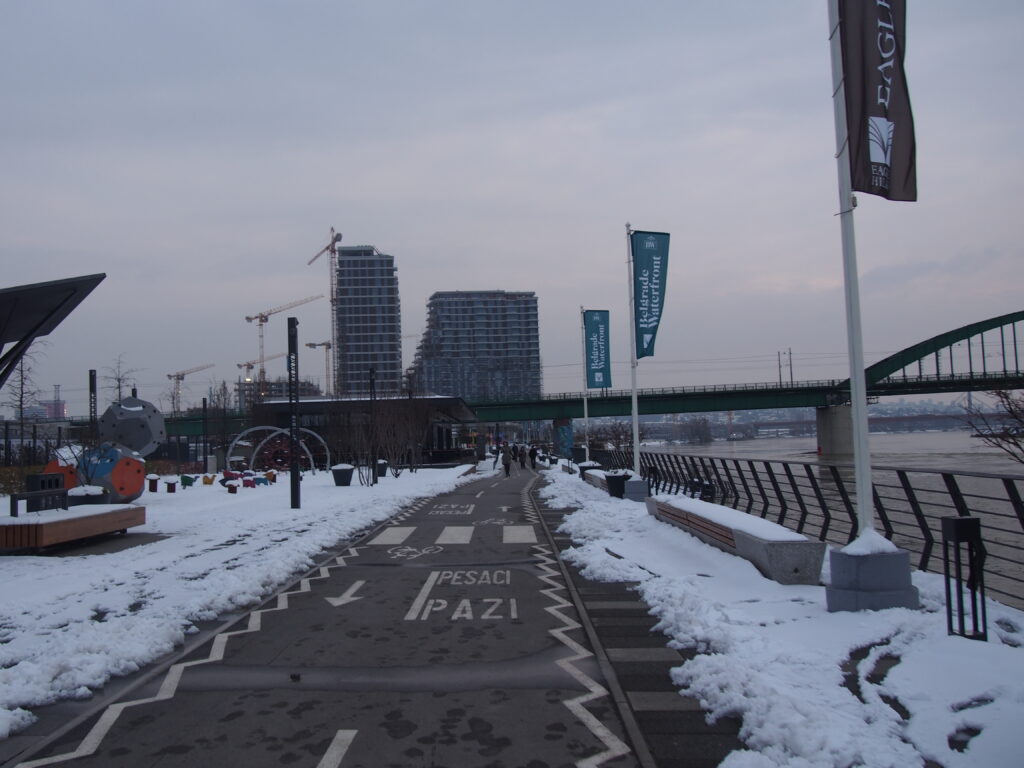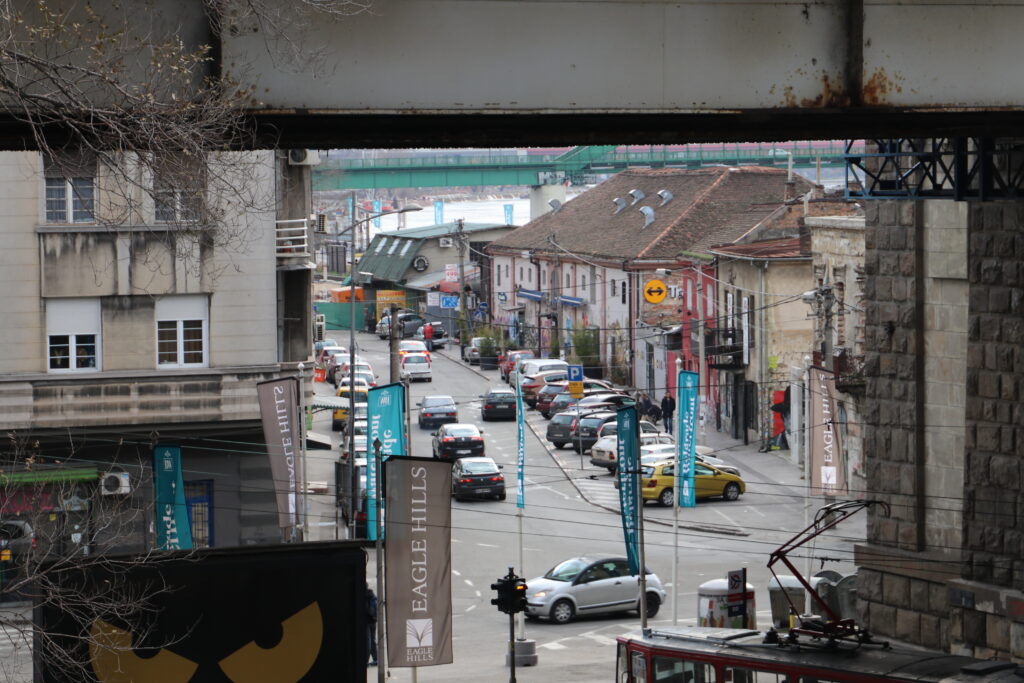Beirut and Belgrade show off their emergence out of war by investing in massive construction projects on their waterfronts. But these modern projects are also sites of gentrification, erasure, and political contestation. Join Adriana and Miloš on their walks as they reflect on how capital from Arab Gulf countries is building new neighbourhoods of glass and steel in both post-war cities.
***
Introduction
What do the Beirut and Belgrade Waterfronts have in common? In this episode we discuss both cities’ experiences of war and gentrification, and their use of global capital in post-war reconstruction. Our 2017 and 2018 recordings have become sound archives of ever-changing cities.
***
Act 1: Zaituna Bay
What does it mean to become a modern city? Adriana and Miloš take a walk on Beirut’s waterfront under watchful eyes.
***
Act 2: Mar Mikhael and Dorćol
What do dreams of modernity cost? Walking through the bustling neighbourhood of Mar Mikhael in Beirut, Miloš finds patterns with Dorćol in Belgrade. Adriana reflects on the neighbourhood’s queer politics, while dreams of sustainability clash with realities of gentrification and electricity cuts.
***
Act 3: Belgrade Waterfront
Who lived here? Adriana feels out of place on Belgrade’s waterfront, while Miloš reminds us of the workers and migrant communities that were forcefully displaced from the area.
***
Conclusion
Our guest Gruia Bădescu reflects on both Waterfronts’ political ecology and memory politics. Adriana and Miloš ask what has changed in both Waterfronts since 2017? They take us through the role of new geopolitical alliances between the Middle East and the Balkans.
***
Featured Guest:
Gruia Bădescu is a Research Fellow at the Zukunftskolleg, University of Konstanz. He holds a PhD from the Department of Architecture, University of Cambridge and, before Konstanz, he was a Departmental Lecturer and a Research Associate at the School of Geography at the University of Oxford. His research and practice examine the relationship between urban interventions and political transitions, mainly in post-war and post-dictatorship contexts. Moreover, he is interested in the dialogue between Southeastern Europe and the Middle East. He is currently completing a book on post-war reconstruction and dealing with the past.
Credits:
Kažu by Gipsy Mafia feat. Dj Thermos. From the album “161% Boom Bap”. 2018. https://gipsymafia.bandcamp.com/ Used with the band’s authorized permission.
Dostum, personalised mix by Murat. 2021. Used with authorized permission.
Special thanks to the Lebanon Dissertation Summer School where Adriana first learnt about the local architects’ struggle against developers in Mar Mikhael, mentioned in Act 2.
The podcast series is simultaneously published by the Melikian Center at Arizona State University.
***
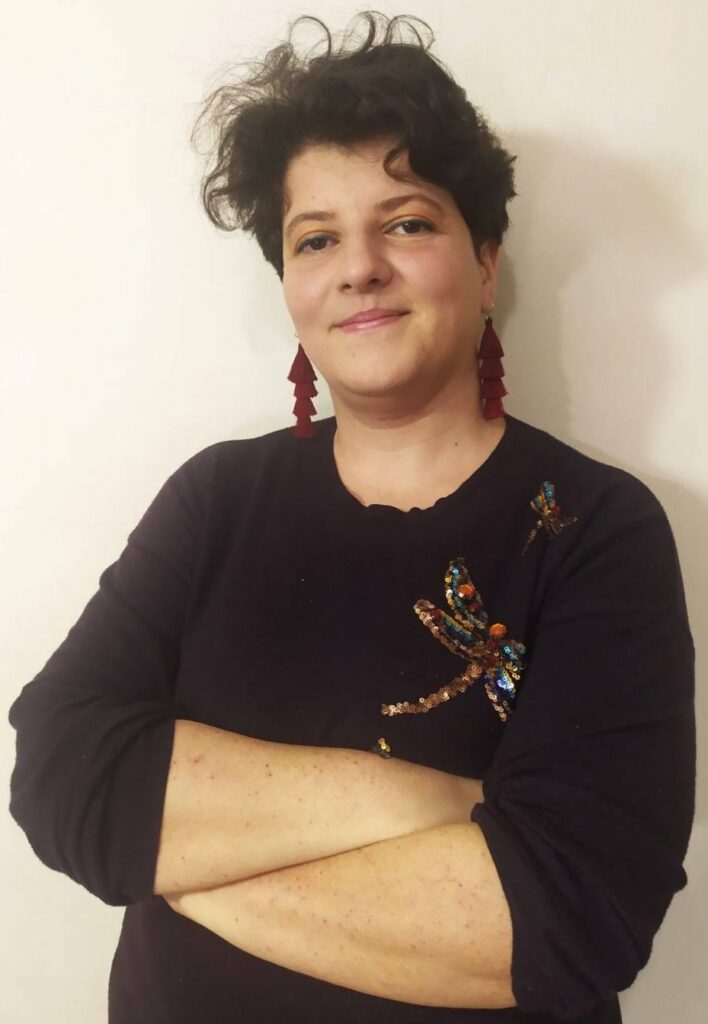
Adriana Qubaiova is an anthropologist of Lebanon. She holds a PhD in Comparative Gender Studies from the Central European University and is a former Global Teaching Fellow at Arizona State University. She is currently writing her book Hedging Queer Sexualities in Beirut, and also developing a comparative project theorizing race and sexuality from the perspective of regional interaction between the Middle East (West Asia) and Eastern Europe.
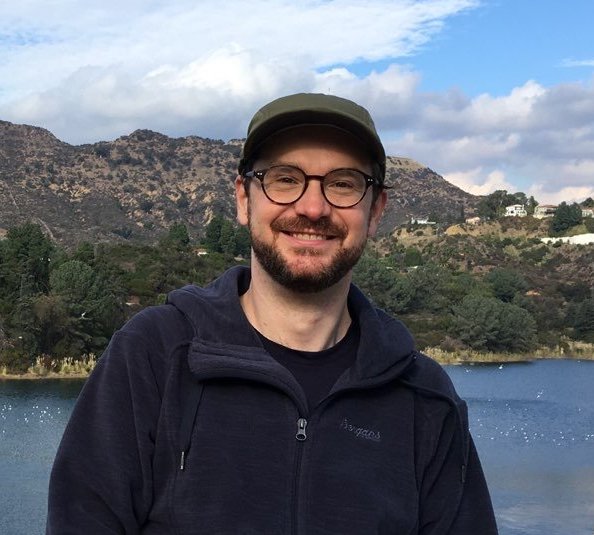
Miloš Jovanović is an urban historian and Assistant Professor of History at the University of California, Los Angeles. He has recently written about the Belgrade waterfront for Eurozine. With KURS (Miloš Miletić/Mirjana Radovanović), Jovanović is the writer and co-director of Waterfront: a post-Ottoman post-socialist story (2018). His area of research includes the nineteenth-century Balkans, Ottoman and Habsburg empires.



